A brand without a digital presence is like a car without tires. It’s not going to get anywhere fast. Though old-fashioned, “analog” branding hasn’t quite gone the way of horse and buggy, businesses today need a diversified array of digital branding tools to cement their real-world presence.
Kick off your own brand strategy with our essential guide to digital branding. We’ll explore everything from social media to SEO and influencers to emails so you can make sure your digital brand campaign checks all the right boxes.
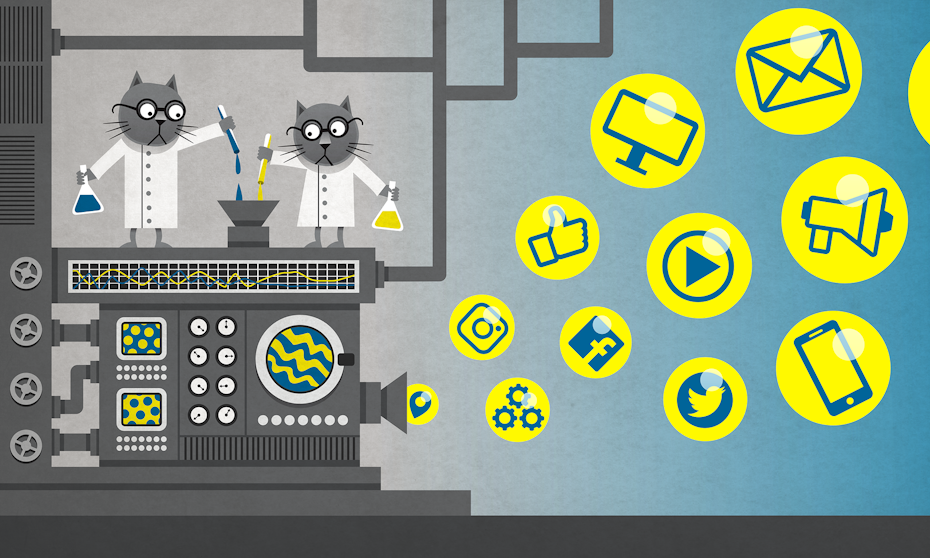
Everything you need to know about digital branding
What is branding?
—
Branding is the creative, strategic process of telling potential customers what your company is all about: who you are, what you care about, why they should work with you and what they can expect from you. After you’ve started a business or created your first product, building a brand identity should be your number one priority.
Branding distills everything about what you do and how you do it into a singular, memorable essence that people will remember and continuously associate with your company. Think of the McDonald’s golden arches or the multicolor rings on the Olympics insignia. Even a simple symbol or image can convey meaningful associations that resonate the world over.

We’ve just tossed three B’s in your direction: brand, branding and brand identity. They’re all related but not quite the same.
- Your brand is the way the outside world perceives your company.
- Your branding is the process of designing and building a unique, memorable brand.
- Your brand identity is the set of creative elements that feed into the branding process—like your website, social media and logo—that broadcast your message, values and purpose.
These three B’s all have to work together. You don’t have a real brand without a brand identity, and you’ll never have a brand until you start branding.
Start defining your brand by asking yourself these questions:
- Who are you as a company?
- What makes you unique from other brands?
- What is your brand’s mission statement? What gives it purpose?
- What are your values?
- Who is your ideal customer?
Knowing and defining exactly who you are is the first step in creating a meaningful brand.
What is digital branding?
—
Digital branding is how you design and build your brand online through websites, apps, social media, video and more. Digital branding consists of a combination of digital marketing and internet branding to develop a brand online.
Why does a digital brand presence matter? Well, look up from that phone you’re probably on… We’re all using our devices constantly. Most of us engage with the larger world through the lens of the internet, which makes it essential for brands to reach target customers and convert one-time users into long-term loyalists.


Digital branding enables any company to make its presence known anywhere—even in the palm of your hand. After all, if my mom has an Instagram, why shouldn’t my favorite shoe brand?
Digital branding vs. digital marketing
What’s the difference between digital branding and digital marketing? While digital branding focuses on providing value and inspiring loyalty and brand recognition, digital marketing is all about finding new customers and generating sales.
Advertisements are lobbed at you constantly online, even if you don’t notice it. That’s digital marketing at its best. Ads might come in the form of an Instagram celeb touting their favorite makeup or a pop-up coupon on a website.
Unlike traditional ads, digital branding doesn’t talk at you; it seeks to engage with you. It’s more about establishing an online identity and positive feelings, rather than inspiring people to make a one-time purchase. Learn all about the different types of digital marketing here.
The benefits of digital branding
A robust digital presence makes customers feel personally involved with a company or product. Well-crafted branding fosters relationships with users and allows you to speak directly with consumers through day-to-day interactions on the platforms they’re already using.
Target your audience
Your company’s online presence is the premiere mode by which most potential customers will learn about and interact with your brand. Digital branding let’s you zero-in on your audience by targeting specific customer groups through the online platforms they use most frequently: Twitter, Facebook, Instagram and more.
Take a company like Outdoor Voices, a workout clothing brand. In a matter of years, it’s developed its own social media hashtag, #DoingThings, which customers tag when they’re wearing its clothing and embodying its lifestyle. Currently, more than 155,000 posts are tagged with #DoingThings on Instagram alone.
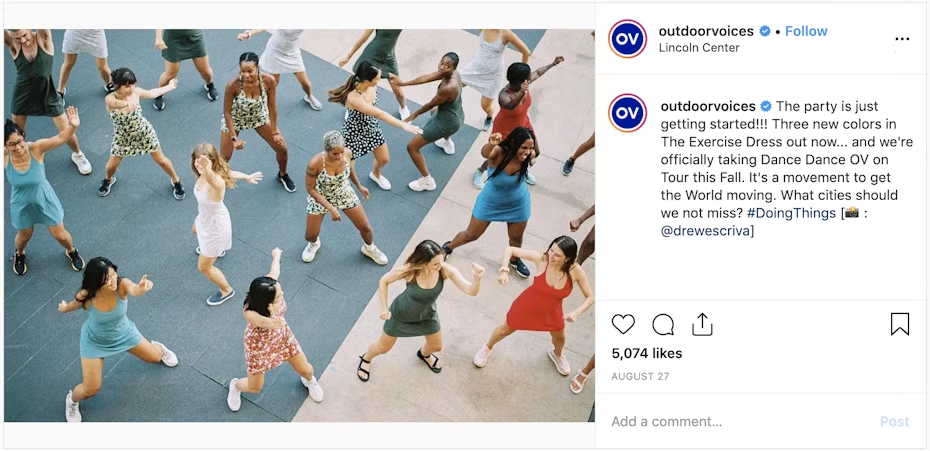
#DoingThings is the difference between blind consumption of a product and feeling like you’re a part of a group or lifestyle. When you buy leggings or a sports bra from them, you’re purchasing admission into a massive digital club. That’s much more compelling to customers than simply buying any ol’ exercise clothes.
Connect with customers
Successful digital branding makes customers feel like you’re speaking directly to them, especially because you’re engaging on the same platforms they use to interact with friends and family members. Be personal and meaningful: that’s how you convert one-time customers into lifelong brand followers.
At its core, digital branding facilitates communication between a company and its customers. This can be as simple as making it easy for customers to find information about your company on your website, or helping them quickly get great customer service. Ultimately, a brand that isn’t searchable online practically doesn’t exist in the contemporary consumer’s mind.
Spread the word—fast!
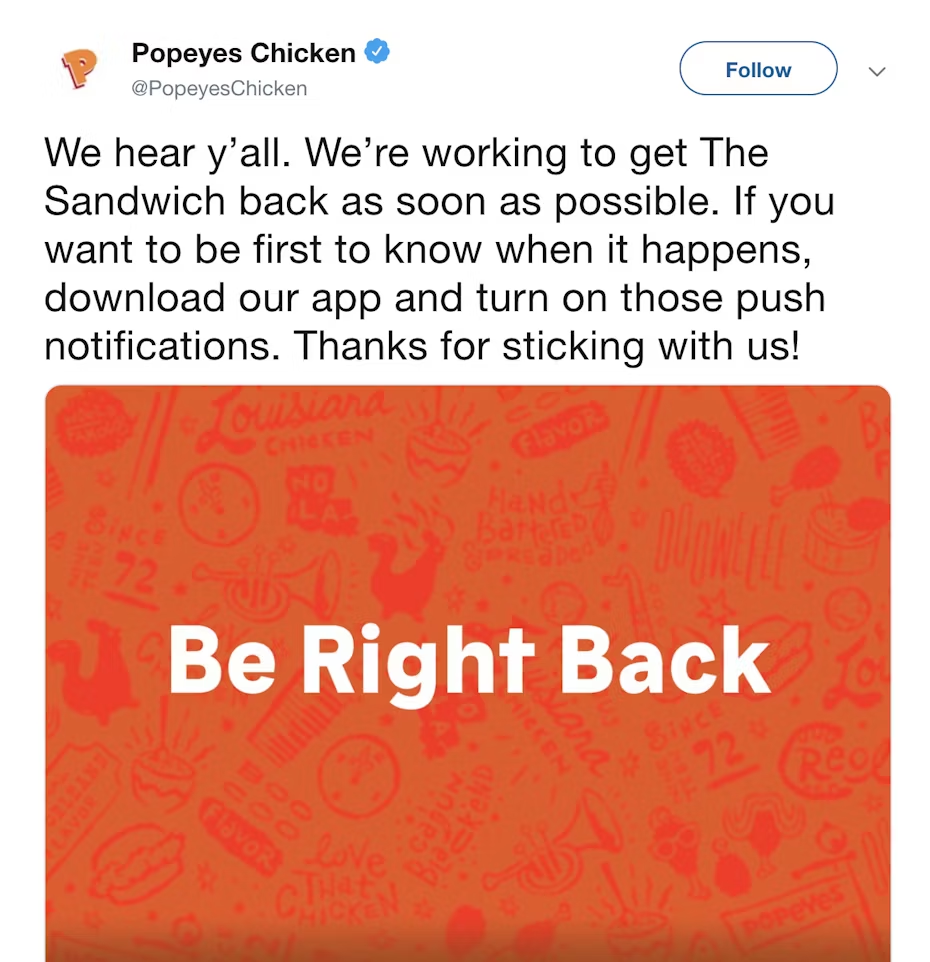
There are tertiary benefits to digital branding too, like the potential to “go viral” or reach a mass audience in a short period of time at little to no cost.
Take Popeye’s now-infamous chicken sandwich. In just days of releasing the sandwich, the product received an estimated $23 million in free online advertising simply because so many people—reporters, newscasters, Twitter users—were sharing, posting, and liking it. Now the sandwich is sold-out at many restaurants, providing even more clout and advertising for the product. This is the sort of exposure money can’t buy.
The 9 components of successful digital branding
—
1. Logo
A logo is the single image a customer should associate first-and-foremost with your brand. Think Disney and you see mouse ears. Think Apple and you instantly conjure an illuminated fruit.
Logos should match the personality and values of your business, industry and target audience. While you don’t want to get too flashy, your logo design should be memorable enough to leave an impression, but not so complicated that audience members won’t remember it amidst the daily barrage of images they ingest online

Start by defining your brand: Are you modern and minimalist? Retro and vintage? Fun and quirky? Do you imagine a wordmark logo with just text or something that’s more image or icon based?
Take a look at logos in your industry to see what your competitors are doing. And don’t forget about color theory: The right logo color can make you stand out and set the mood. This color scheme should be standard across your branding materials.
The logo should look good in all sizes on all your brand materials: letterheads, business cards, billboards. But remember: digital platforms require specific sizes and imaging. You should design a logo that works well on profile pictures, cover photos, email headers, app buttons and more.
A logo is your first stop on your way to a great digital brand. But don’t worry, we’ve got everything you need to start dreaming up a perfect logo in our ultimate guide to logo design.
2. Website
If your logo is the sign for your business, your website is your digital storefront location. When a customer wants to know your brick-and-mortar locations, your hours of operation, your product listings or your contact information, they won’t be digging through the phone book. They’ll Google your website, where they’ll expect to find information quickly and easily.

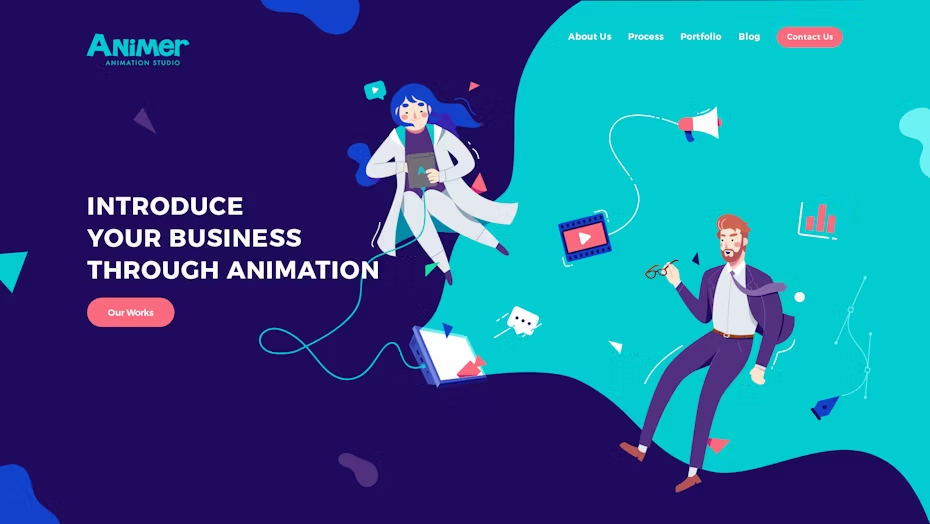
Effective websites are simple and easy to navigate. Streamline design and maintain brand consistency with a limited color scheme that matches or complements your logo. Make your brand name and essential details stand out with bold, legible fonts. Keep pages concise and to-the-point, and don’t bog down users with TMI. The fastest way to make a potential customer stop clicking is to bury essential info.

Your website should also have a “crawlable” link structure, meaning humans and search engines can navigate to all the information presented on the website with ease. By the same token, this content should be easily indexable by search engines (more on that later) so your content doesn’t get lost in the internet sludge pile.
Lastly, make sure your website works. Check every link, every button, every image… Errors look amateur.
Websites are vital to brand success, but we’ve got you covered with our ultimate guide to web design.
3. Brand messaging
Brand messaging is what your company says and how you say it. If I’m opening a breakfast joint with the best blueberry pancakes in town, you best be sure I’m mentioning that in my brand message. The message should reflect what your company does and believes, and speak succinctly to your customers’ immediate needs and desires.
A successful brand message should answer these questions:
- What do you do?
- What do you stand for?
- Why do you matter?

If I’m that pancake cafe, I’d want my brand message to convey that I do blueberry pancakes better than anyone, that I stand for delicious breakfast food and that I matter because there’s no cozier, friendlier place in town!
Your tone of voice should also align with your company and the services it offers. Selling lip gloss? Keep things playful and fashionable. Selling medical equipment? Tone things down and be professional. Always do your best to focus on positivity and solutions rather than pain points.
Your messaging should sound the same everywhere. The text that appears in a Google search of your company should match the brand speak on your website. Likewise, your customer service reps should talk like you do on Instagram and Twitter.
Be sure that your brand message speaks to an online audience. In a nutshell: If your brand is on the internet, it should act like the internet does. The internet has its own unique modes of communication (e.g. memes, GIFs, slang) that your company should employ on social media when appropriate.
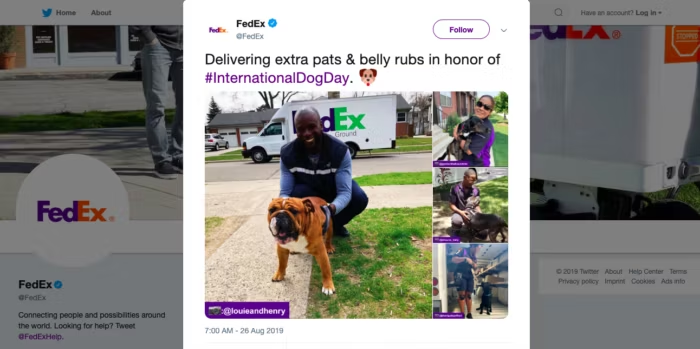
For example, on #InternationalDogDay FedEx posted a photo of mail carriers posing with pups, a playful way to engage on the internet while subverting the trope of mailman vs. dog. Bonus point: They even used an emoji.
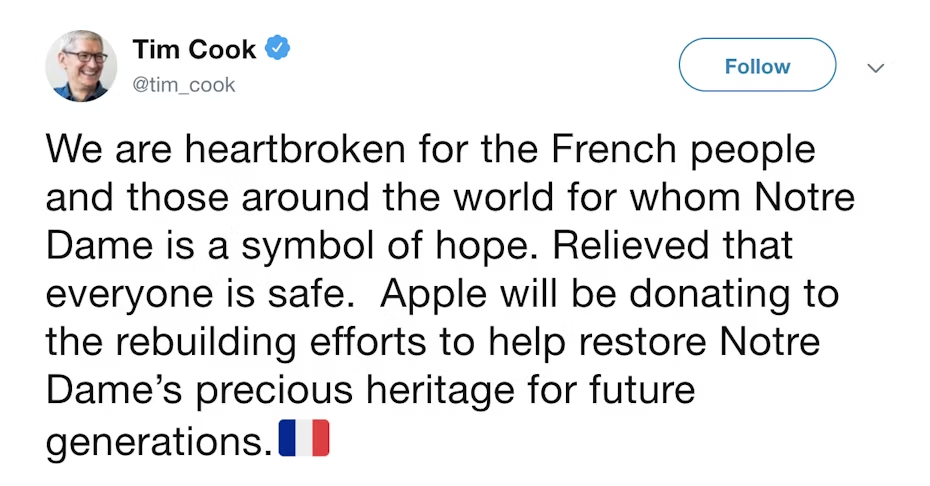
Your messaging should also vary by platform. Twitter is all about responding in real-time to current events, so a successful brand Twitter page would react to these as well.
When the Notre Dame Cathedral burned down in April 2019, Apple CEO Tim Cook responded on Twitter by pledging to donate to the rebuilding cause.
It was a perfect example of online engagement with intention and meaning.
4. SEO
SEO (search engine optimization) ensures your brand and its offerings are easily found on search engines, one of the primary avenues through which customers seek out your services. Start by designing your website with SEO in mind. A great place to start is Google’s Webmaster Guidelines, which explain how Google indexes and ranks sites. Here are their top tips:
- Ensure that each webpage can be reached by a link from another findable page.
- Limit the number of links on a page to a thousand at most.
- Design pages primarily for users, not search engines.
- Consider what makes your website useful and engaging.
- Make your website stand out from the rest by providing value-add information.
- Constantly monitor your site for broken links and hacking.
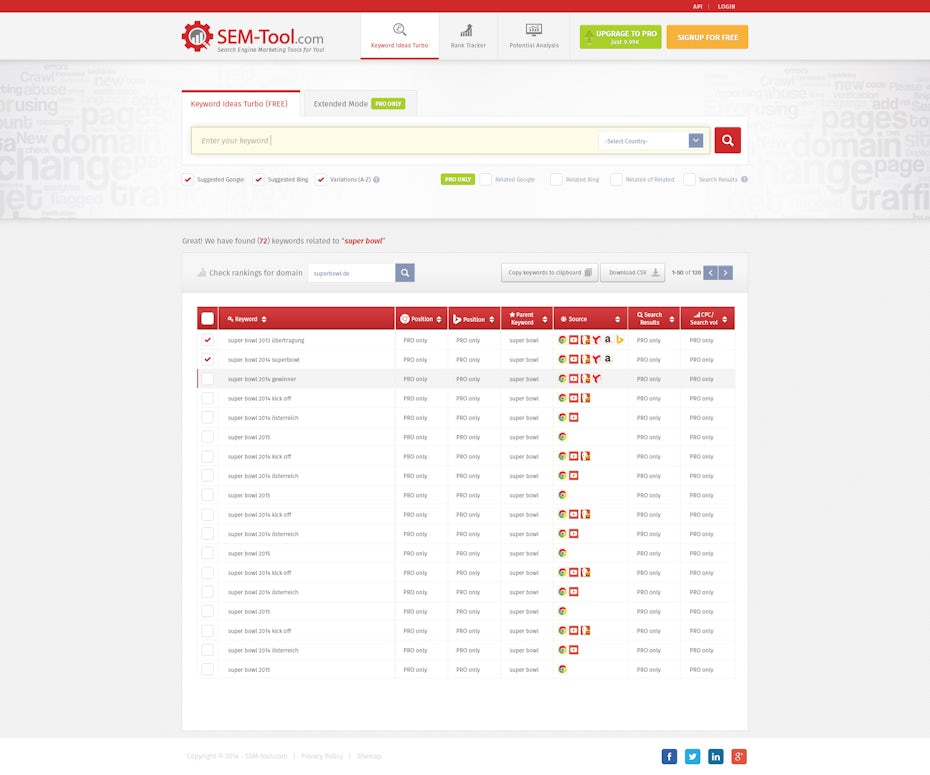
Use a keyword search tool like Ubersuggest, Ahrefs or Keywordtool to find frequently searched words that you can use in your copy and to ensure your schema (website code that identifies the data on your page) and meta tags (snippets of text that describe a page’s content) is optimized for search engines.
Be sure to include a good number of active links through your content—both to your own internal pages and external ones too—so your website will appear more robust and higher up in search results. Search engines like Google take all of this into account, and a shoddy website is a surefire way to get lost in the internet ether.
5. Social media

Facebook, Twitter, Snapchat: almost everyone, including your 85-year-old grandma, has some sort of social media presence. If your customers are there, your brand should be too.
Tailor every post to the platform on which it appears. Snapchat content tends to be fun, lively and targeted toward a younger crowd. Instagram posts are image-driven and designed to drive likes and comments. Twitter works in real-time and responds to current events and news. Facebook is a little bit of everything with an emphasis on behind-the-scenes content about how your brand works.
When using social media, think like an influencer would: Schedule out posts for specific times and dates, engage with commenters and respond to direct messages. And don’t forget to track your progress. A tool like Hootsuite can help you streamline all your platforms and track engagement, while Google Analytics will show you which pages are driving customer action and which ones are falling behind. If you want to sell directly on a social media platform, a tool like Shopify can link potential customers straight to your website’s shopping cart.
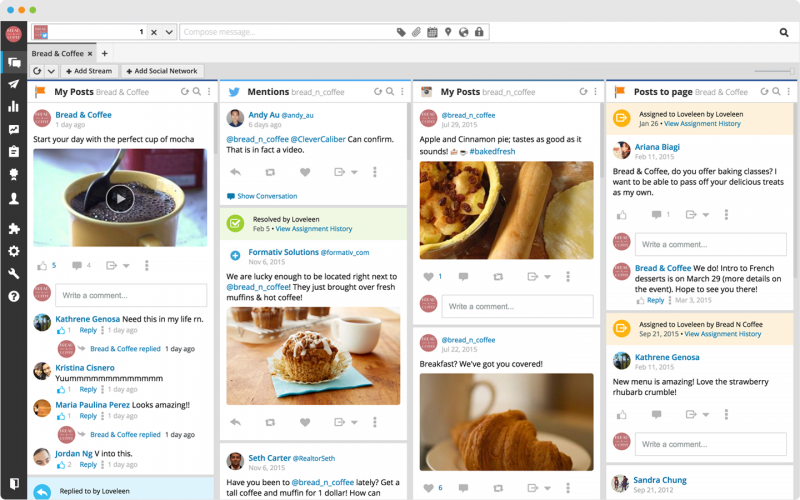
Not sure where to start? We compiled some of our favorite digital marketing tools that will help jumpstart your social media game.
6. Email marketing

With all the flashy tools out there to market your brand digitally, it’s easier to forget about good ol’ fashioned email. Online mailers are an easy way to reach out to customers, especially those who don’t use social media.
Start by building robust targeted email lists plump with “leads” who are likely to be converted into web visitors and subscribers. You can get these signups from advertisements or gather them directly on your website by including a popup with a newsletter signup on the landing page.
Before you send a mass email, clearly identify what you hope to achieve with it: Boosted engagement? Nurturing existing relationships? Announcing a new product? Your goal should drive everything from the subject line to your image selection.
Target your emails to specific customer segments and write them in a lively, engaged tone that fits your brand. Include photos, videos and useful information that seeks to not only sell your products, but actively engage customers in your brand’s lifestyle.
Carefully schedule out mass emails. Sending too many back-to-back often results in a first-class ticket to the junk mail pile.
For help designing your email, check out our essential email design tips.
7. Online advertising
Online advertising uses the power of the web to market your products. It’s not so simple as a banner on a webpage anymore. Today, there are dozens of ways to advertise digitally. These are some of the most common avenues:
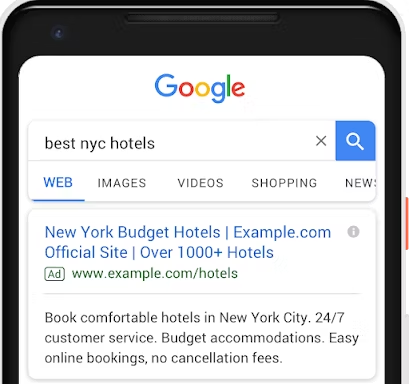
- Search engine ads: These ads bump up your website to the top of the page on a site like Google so customers see your product or brand first.
- Display ads: These ads are clickable banners you’ll find on webpages across the internet.
- Social media ads: Facebook, Twitter and Instagram all offer a variety of ways to “sponsor” content. You can pay-to-play, meaning your post will automatically appear in potential customer’s feeds, or you can hire an influencer to post about your product for you.
- Mobile feed and desktop feed ads: These ads appear often as “suggested content” on users’ mobile and desktop feeds. They have a more natural feel, since they’re integrated directly into a feed and blend in with non-paid content.
- Retargeted ads: Have you ever searched for something only to see an ad for that very thing ten minutes later? Then you know firsthand the power of retargeted ads. These reach customers who have already expressed interest in your business or services, whether by Googling it, visiting your website or liking your Facebook page.
8. Content marketing
These days, it’s not enough to simply advertise your product. To create a loyal, returning customer base, engagement is paramount. That’s where content marketing comes in. Think of it as the human side of your brand. Where digital marketing emphasizes sales, content marketing focuses on engagement through photos, videos, Spotify playlists and blog posts (like the one you’re reading right now!).
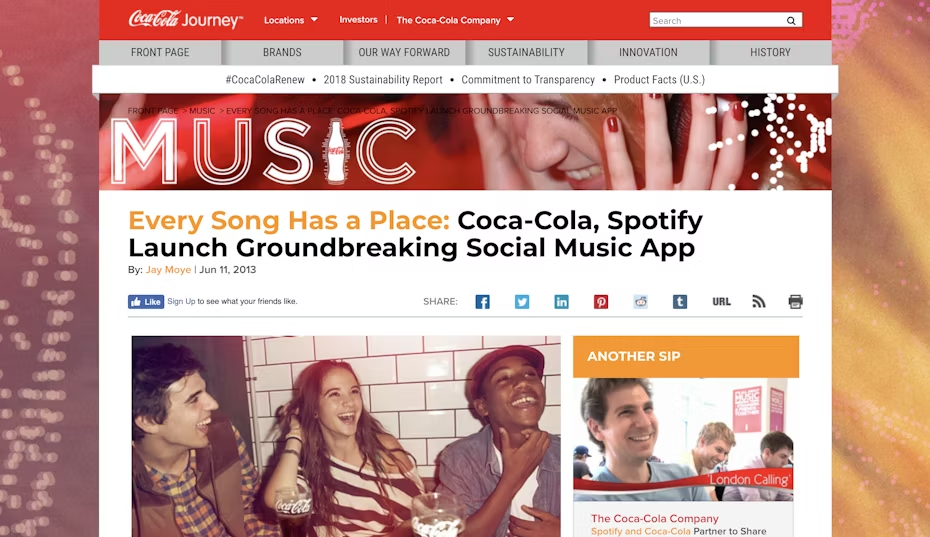
Successful content marketing should stimulate interest in your brand and get customers excited about your products and message. It helps build trust between brand and user, and seeks to establish lasting, fruitful relationships. While digital marketing introduces a customer to your brand, successful content marketing should keep them interested, transforming one-time users into diehard fans.
9. Influencer marketing
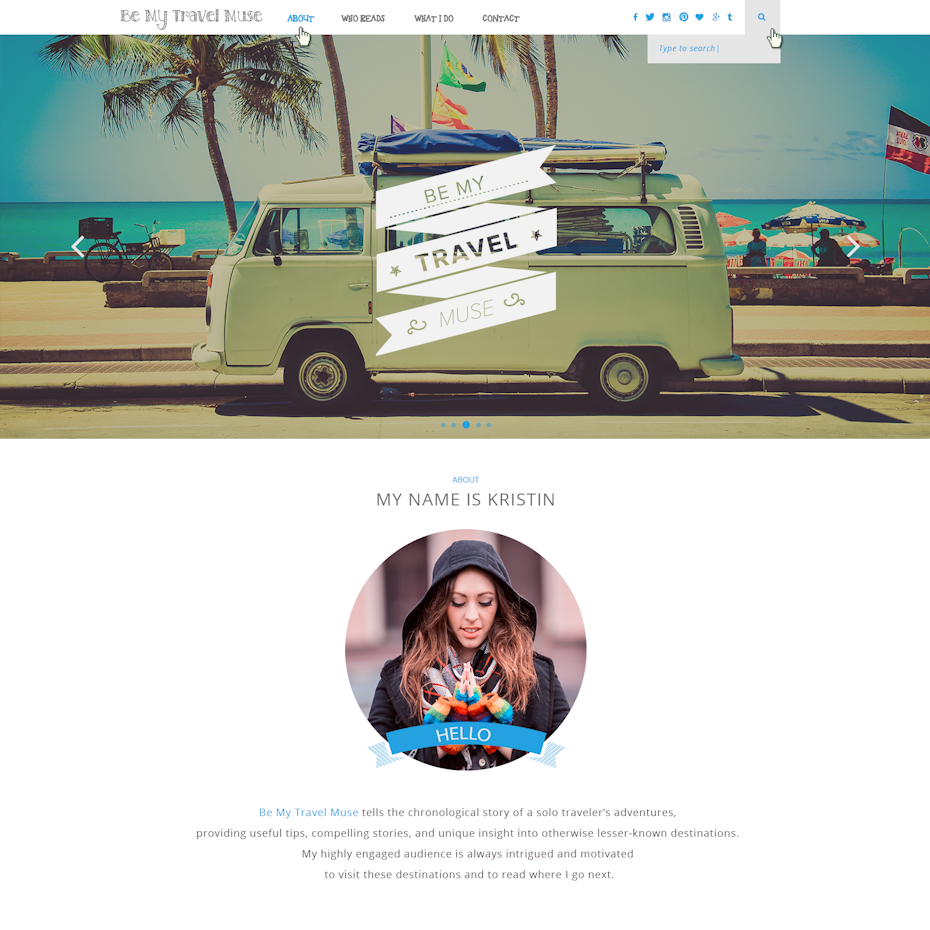
Influencer marketing is a form of marketing that uses people with large social media followings to post about your brand. Rather than marketing directly to a group of consumers, you put your brand message in the hands of a social media star who will spread the word for you. According to one study, more than 80 percent of global marketers launched influencer campaigns in 2015.
The process is fairly straightforward: Pair up with an influencer and pay them a set fee or commission to talk about your brand to their followers. Having built their follower bases and trustworthiness over time, most influencers are trusted by their networks and can infuse a brand with relatability. It’s not rocket science. Marketing feels more organic when in the hands of a real person (even if that person is being paid to talk about the product). Influencers also typically create their own content, so sponsored posts will align with the preexisting look and feel of their pages—plus, it’s less work for your marketing team.
There are some pitfalls to avoid. The influencers you select should align with the lifestyle your brand touts. You don’t want to hire a fitness influencer to sell your brownie mix. Because influencers are human, they might share views that don’t match up with your brand ethos, which could tarnish the reputations of both parties. So choose carefully, and clearly define acceptable ways to talk about your product.
You can search for influencers directly on social media platforms, or use influencer marketing platforms (such as Upfluence, Tribe Group or Famebit) to identify social media stars best suited to your needs.
Dig into digital branding!
—
Digital branding isn’t just about selling your wares, but developing a passionate, loyal customer base that not only buys your products, but believes in them. Bottom line: Keep things fresh, authentic and truthful. The possibilities for digital branding for your company online are as vast and expansive as the internet itself.
Need a hand with your digital branding?
Our design community can do the legwork for you by designing your logo, website and more!
The post What is digital branding and how to do it right: the ultimate guide appeared first on 99designs.
No comments:
Post a Comment